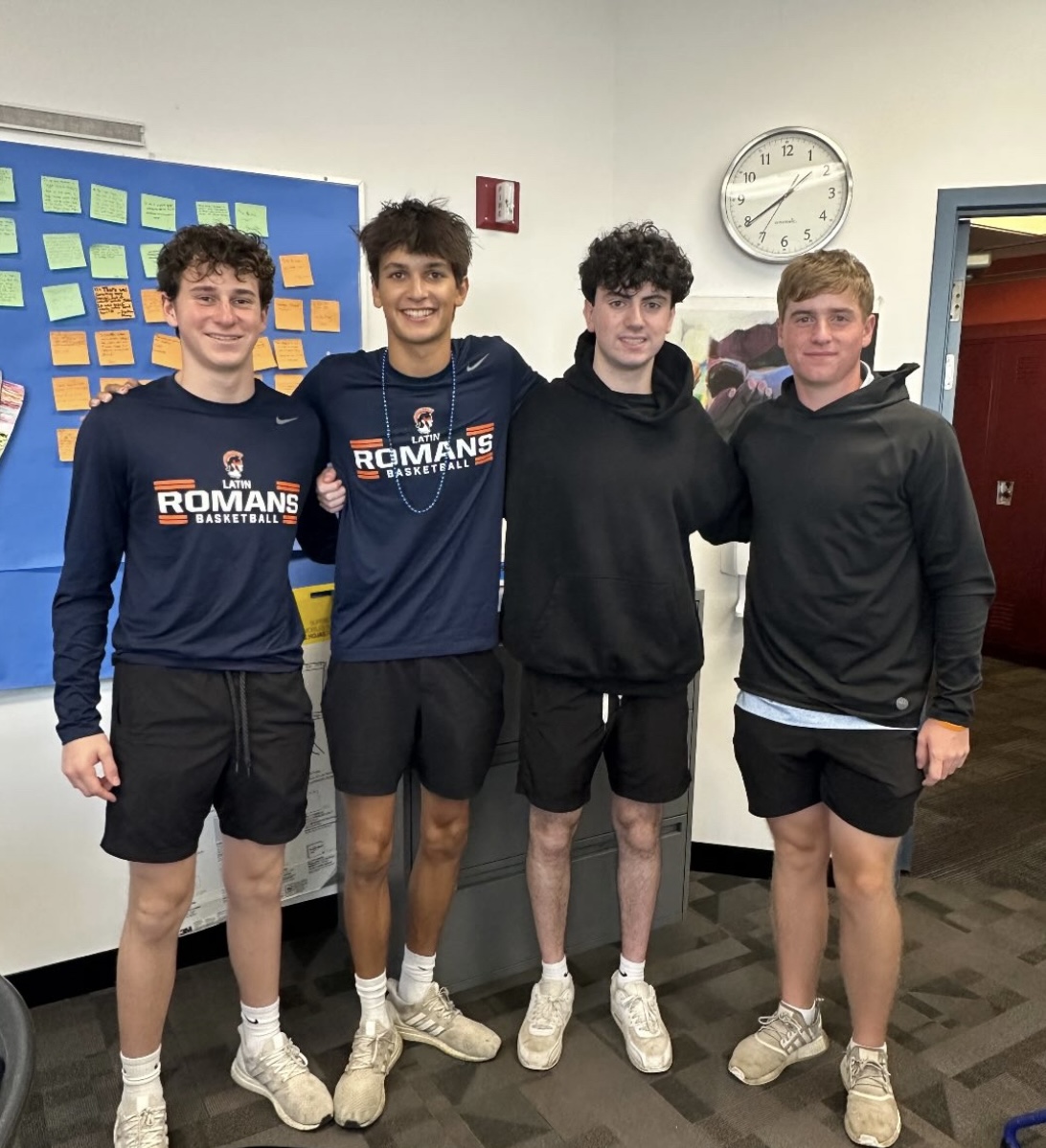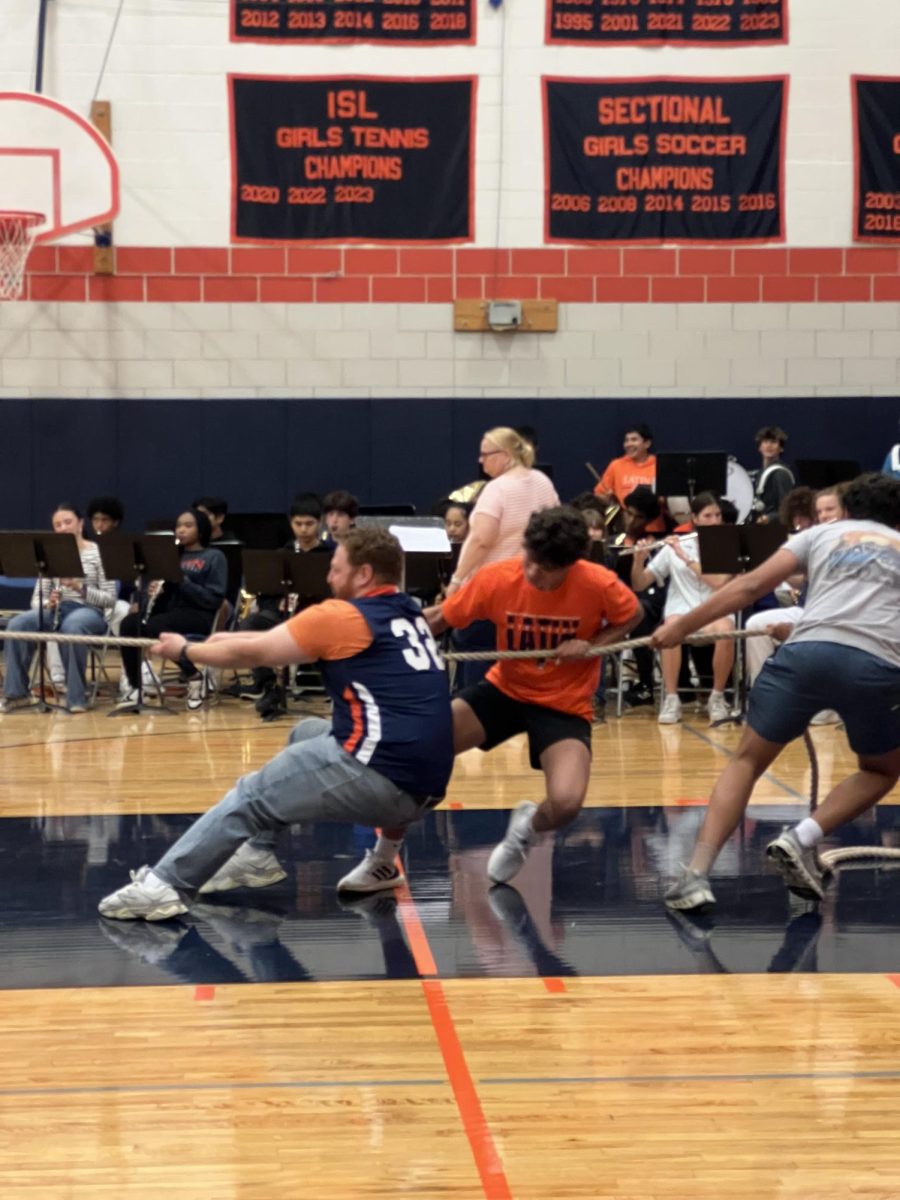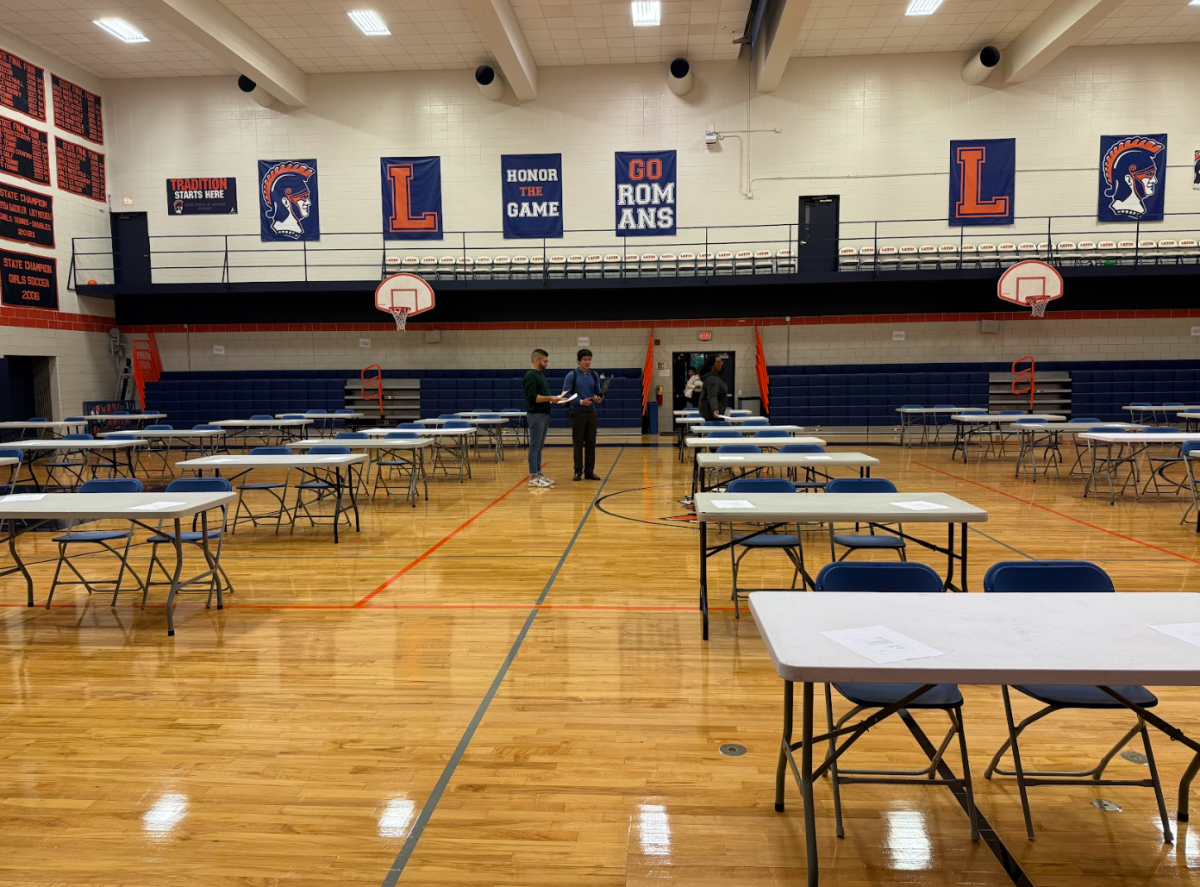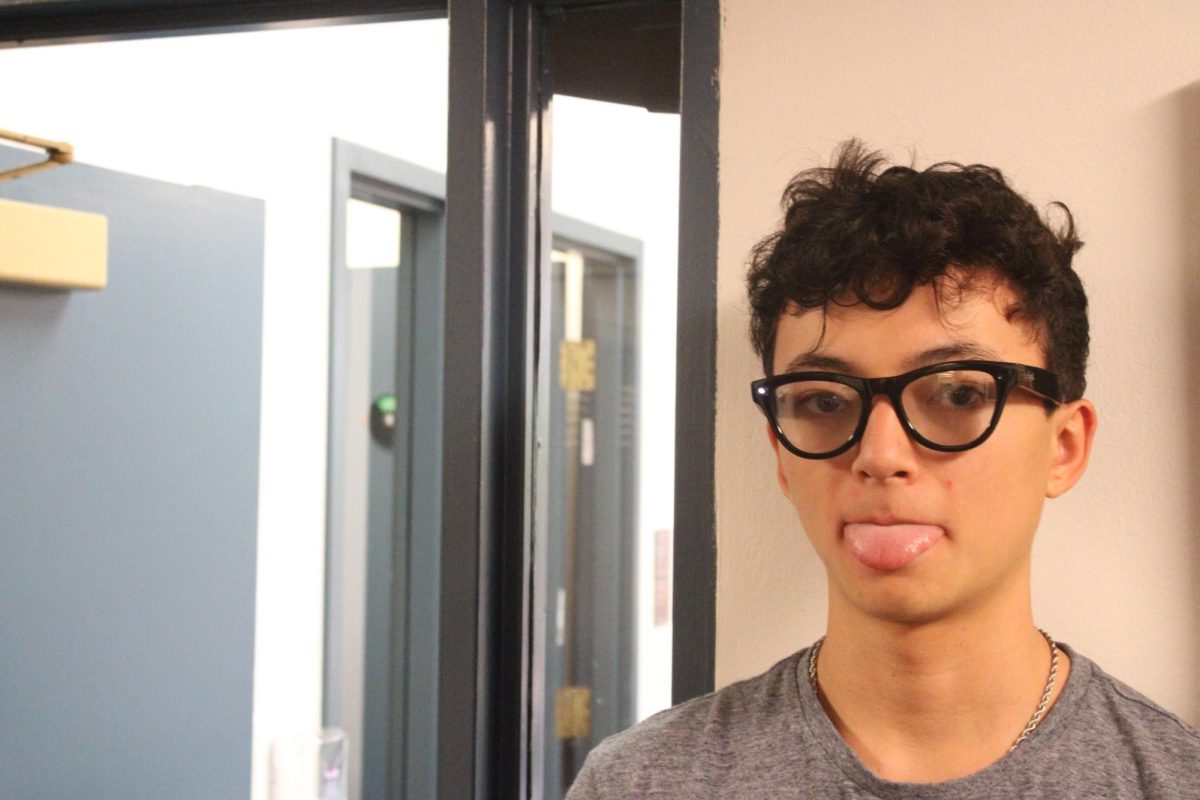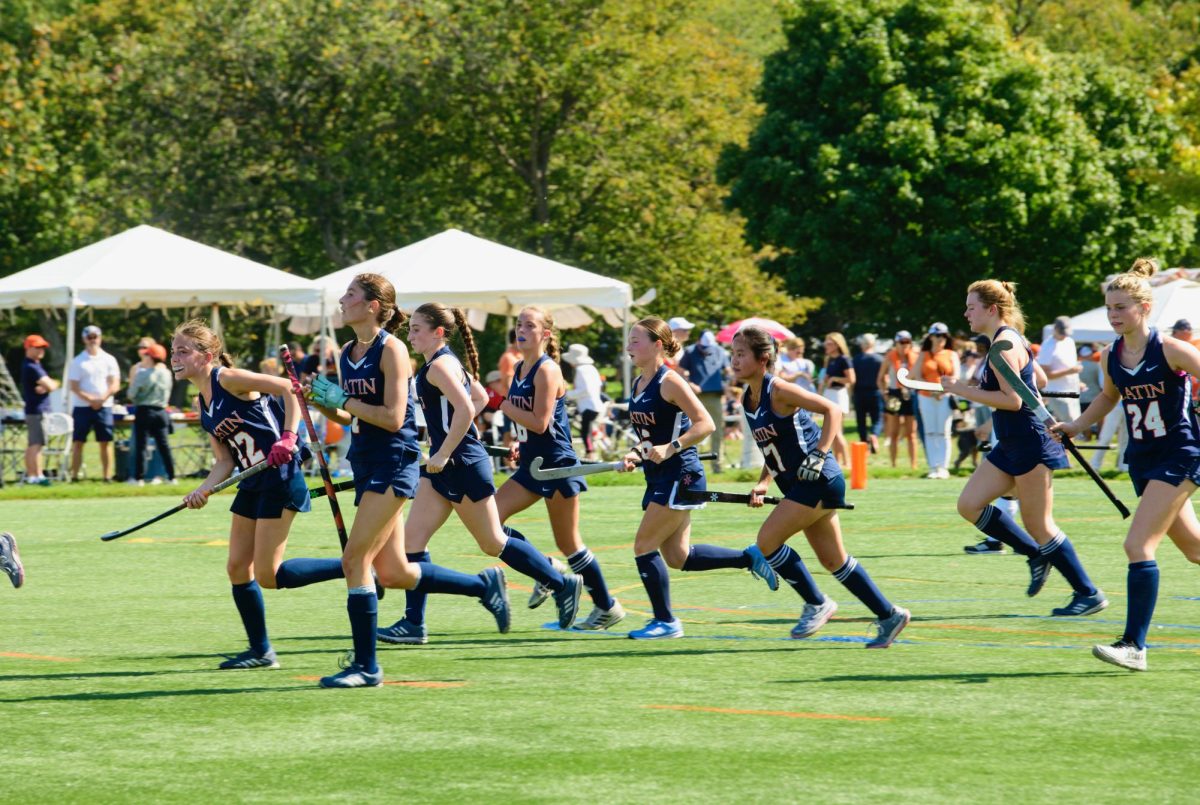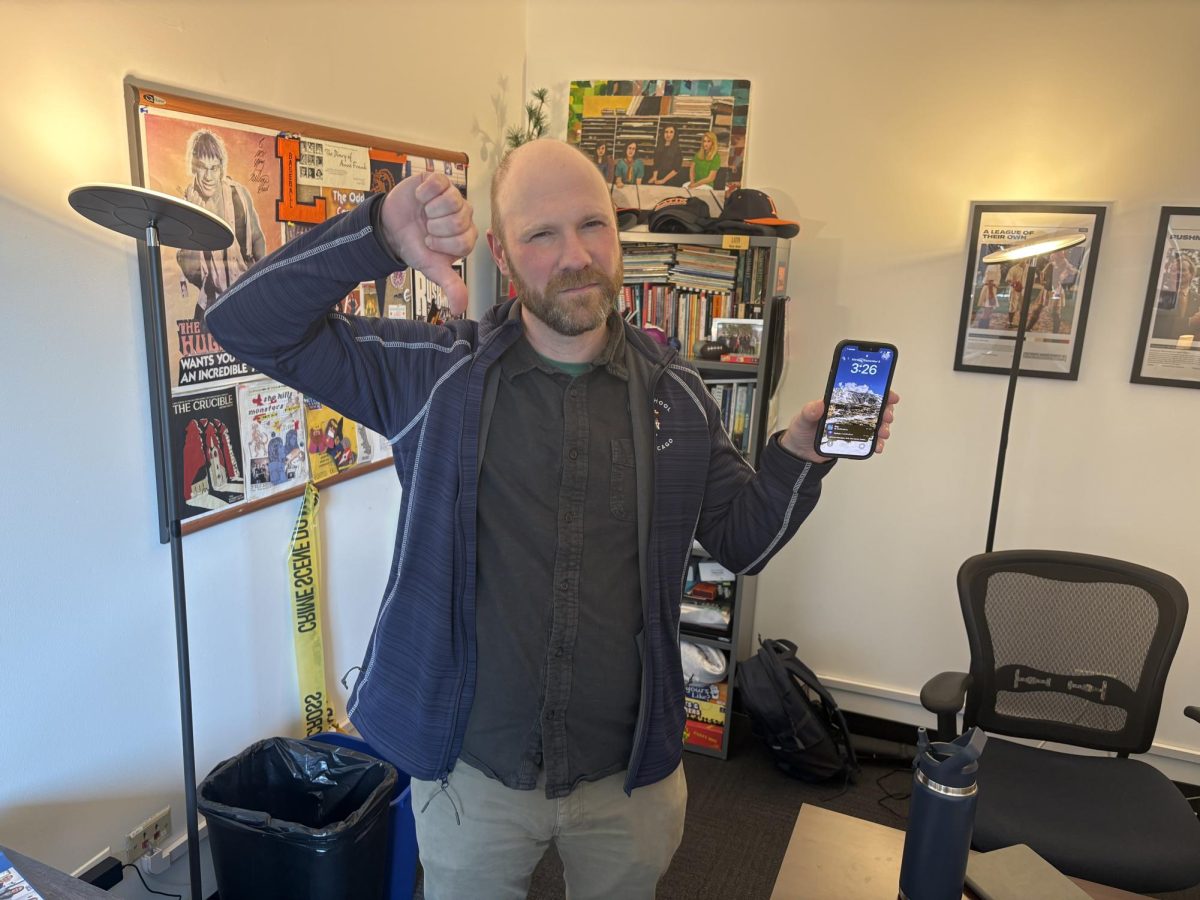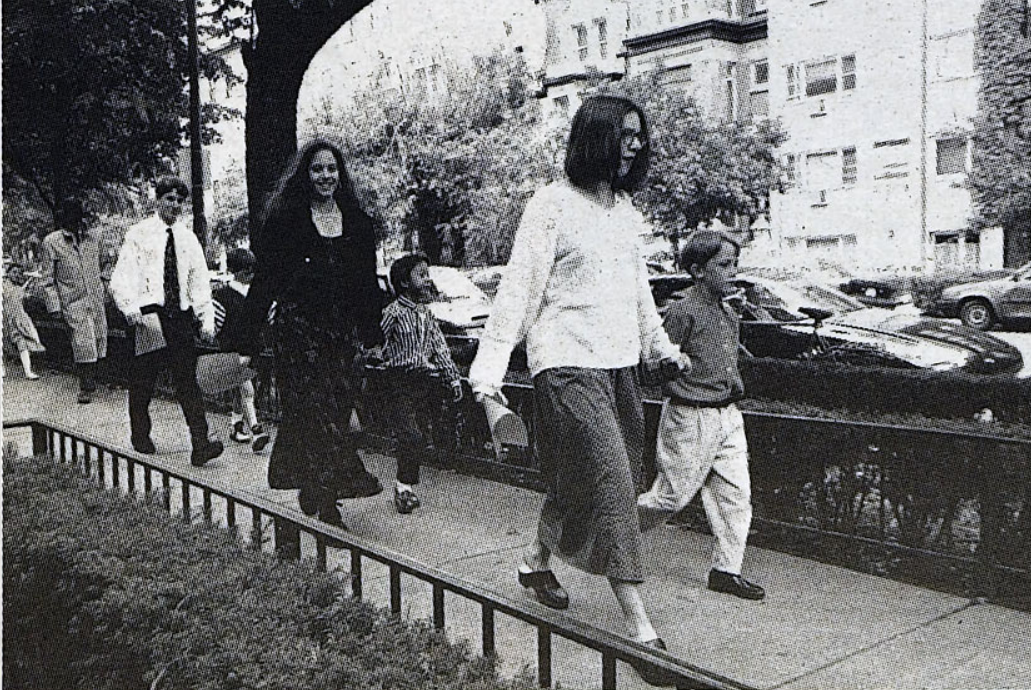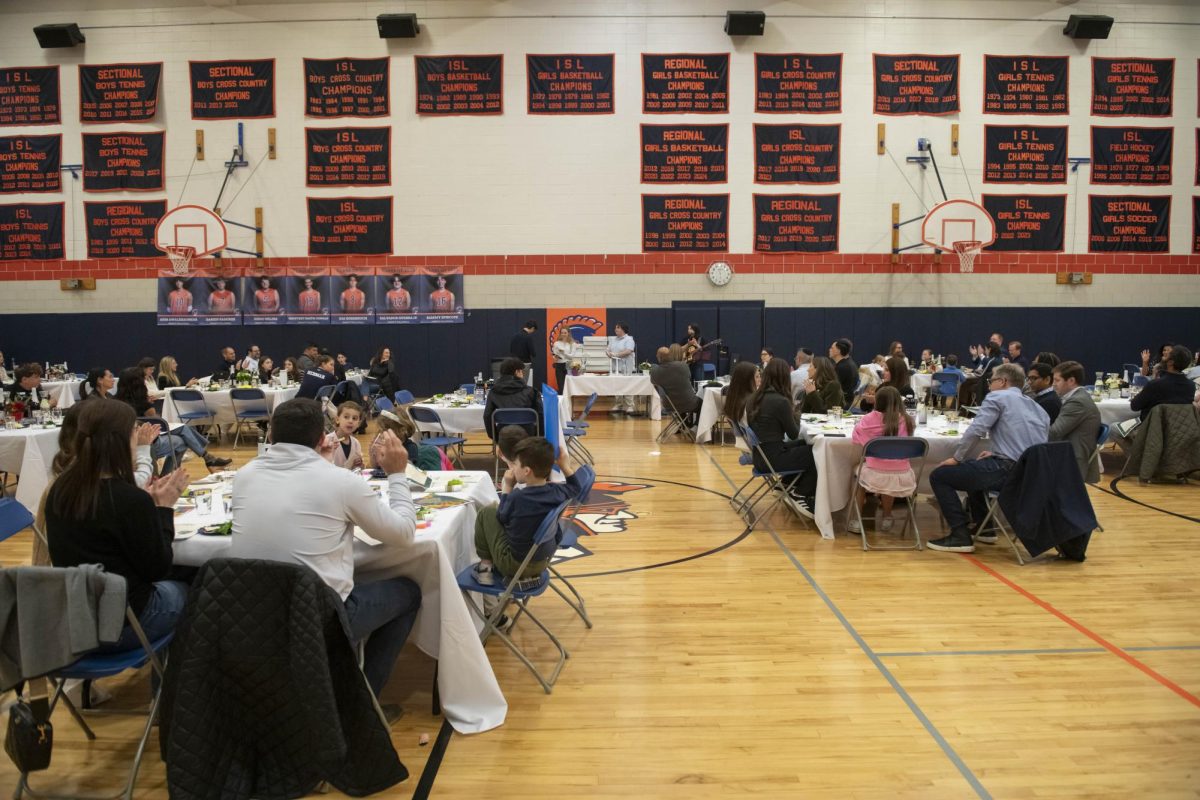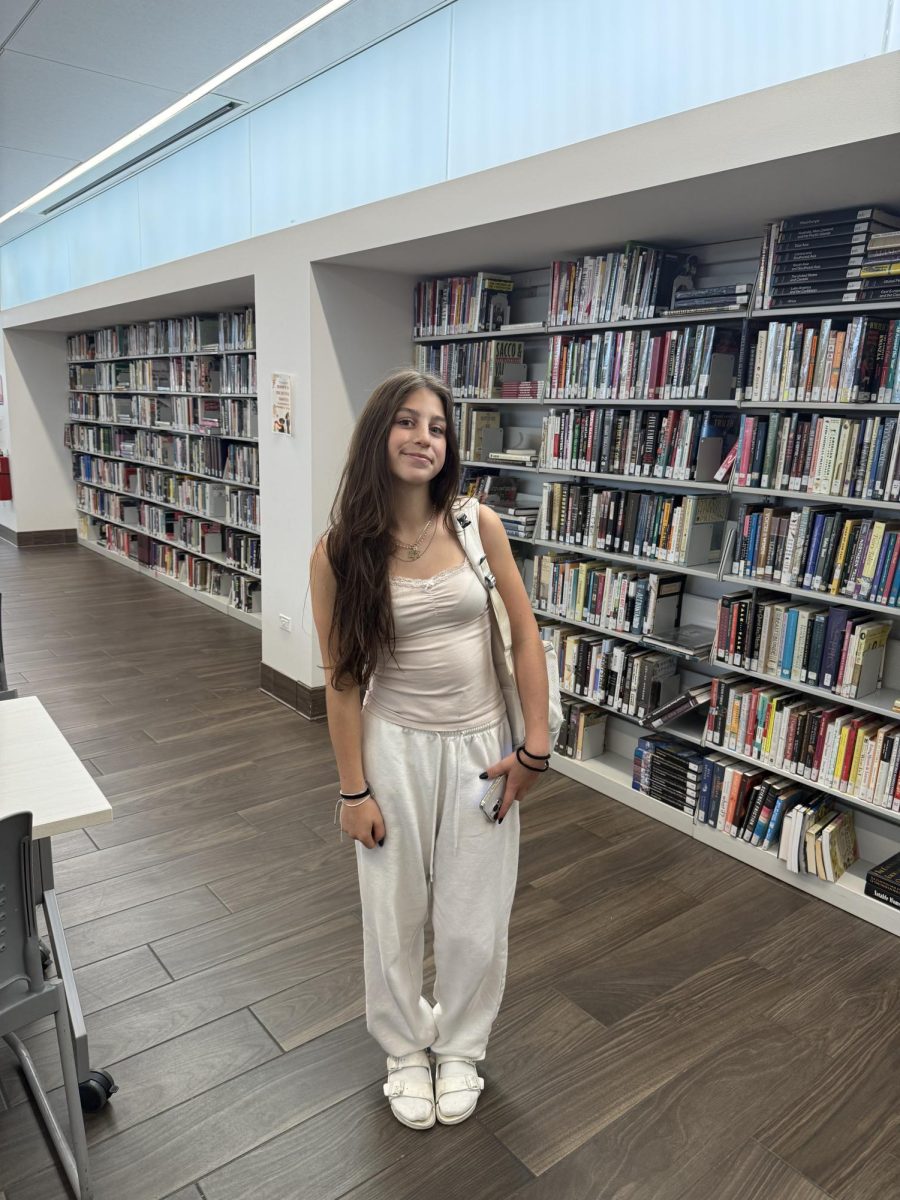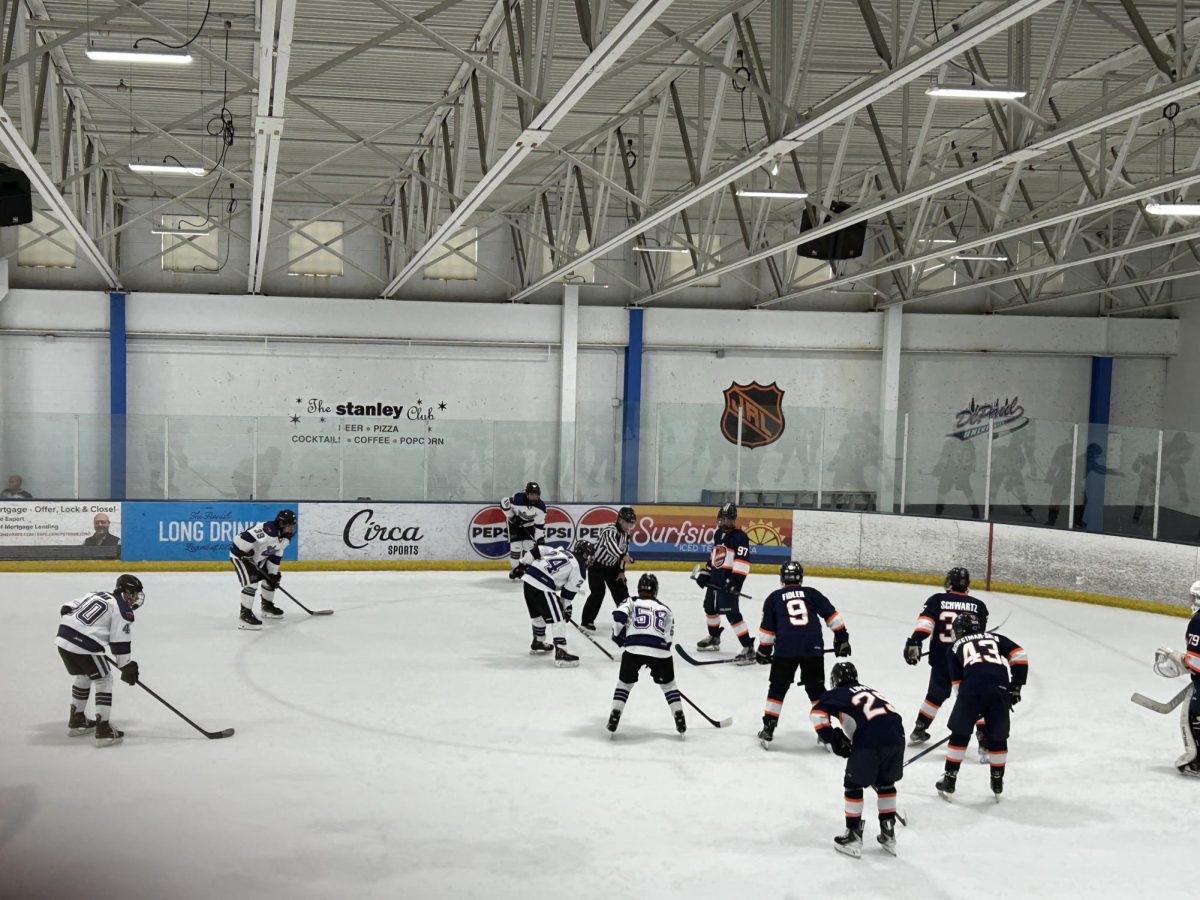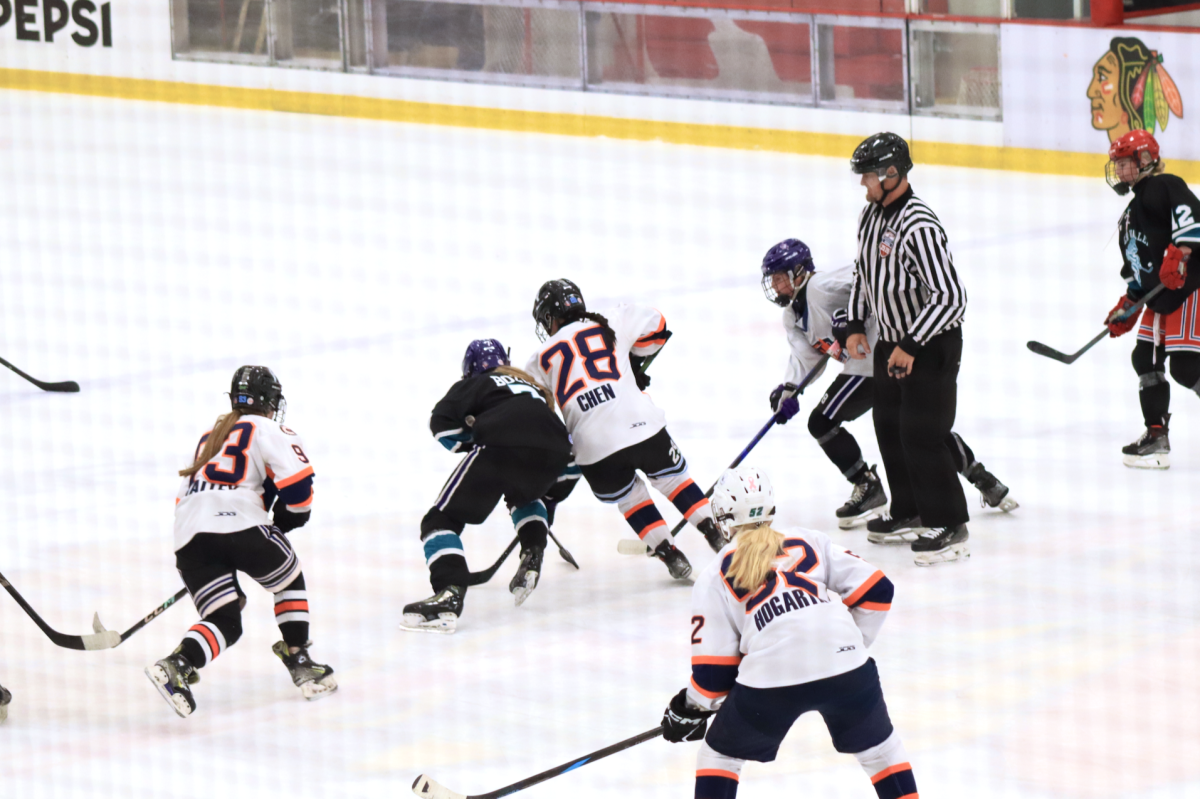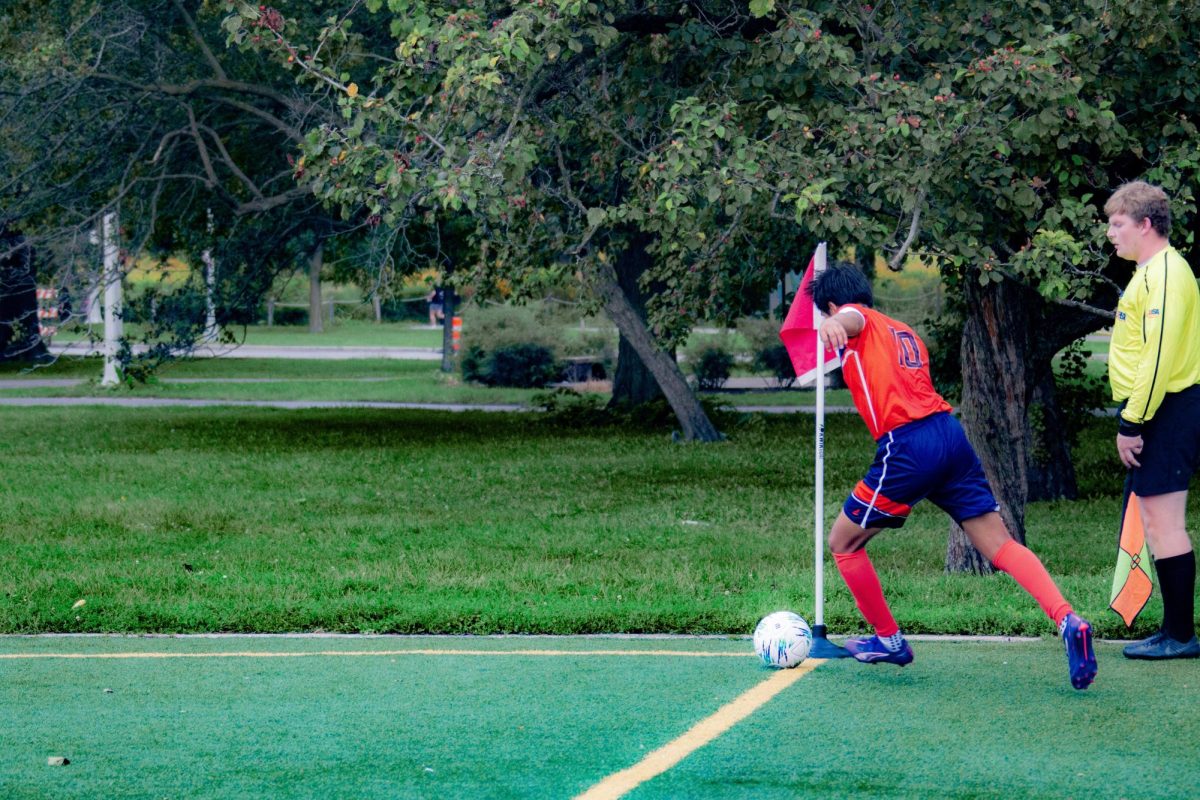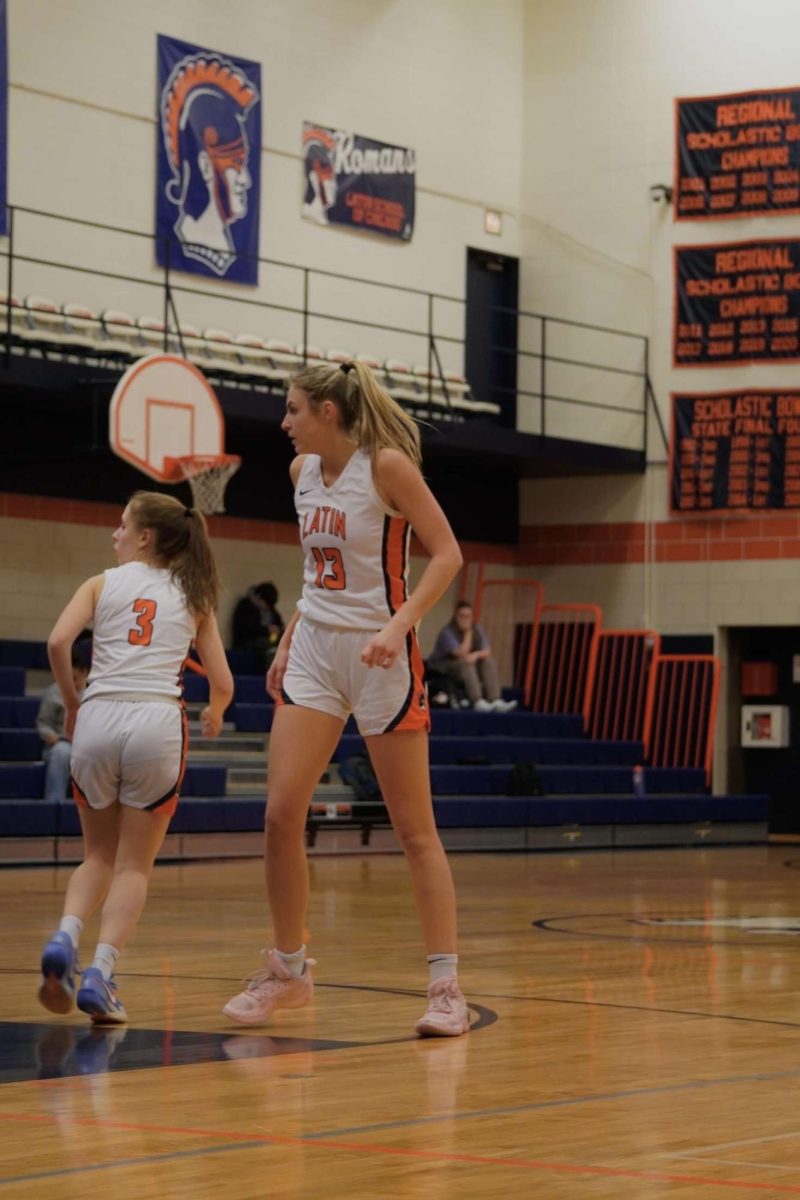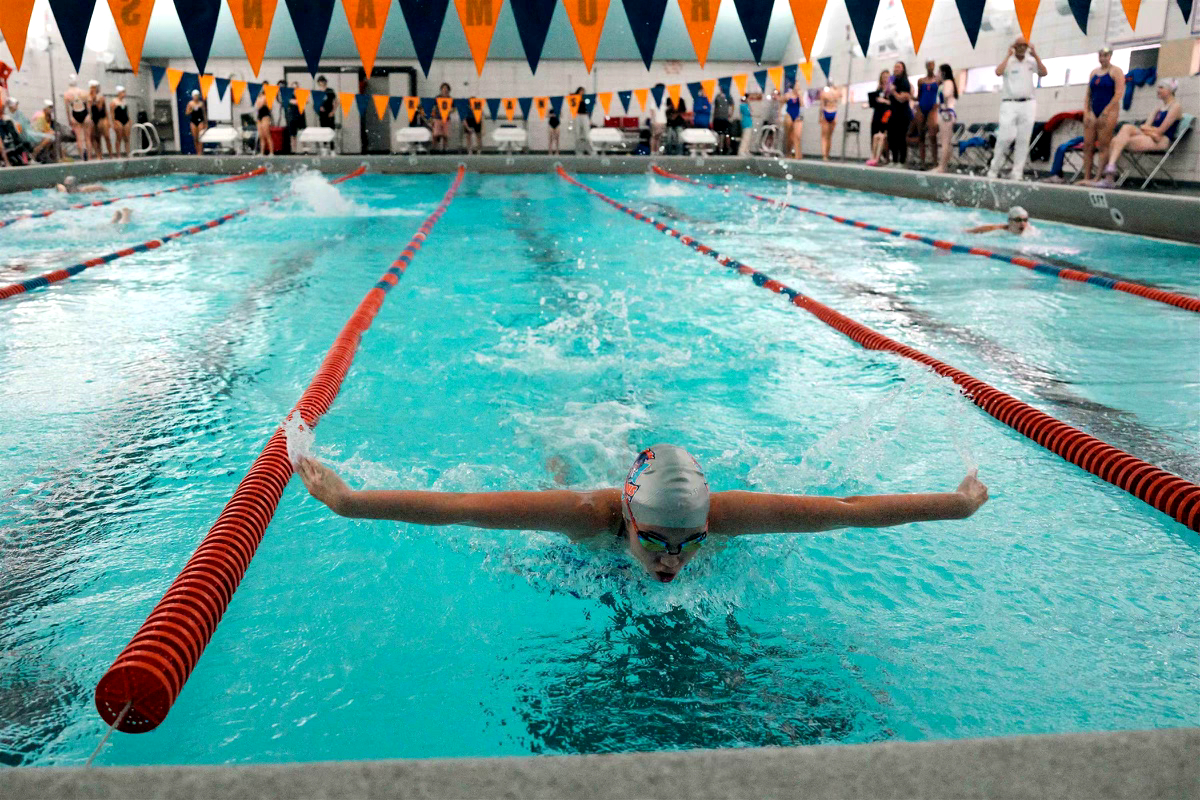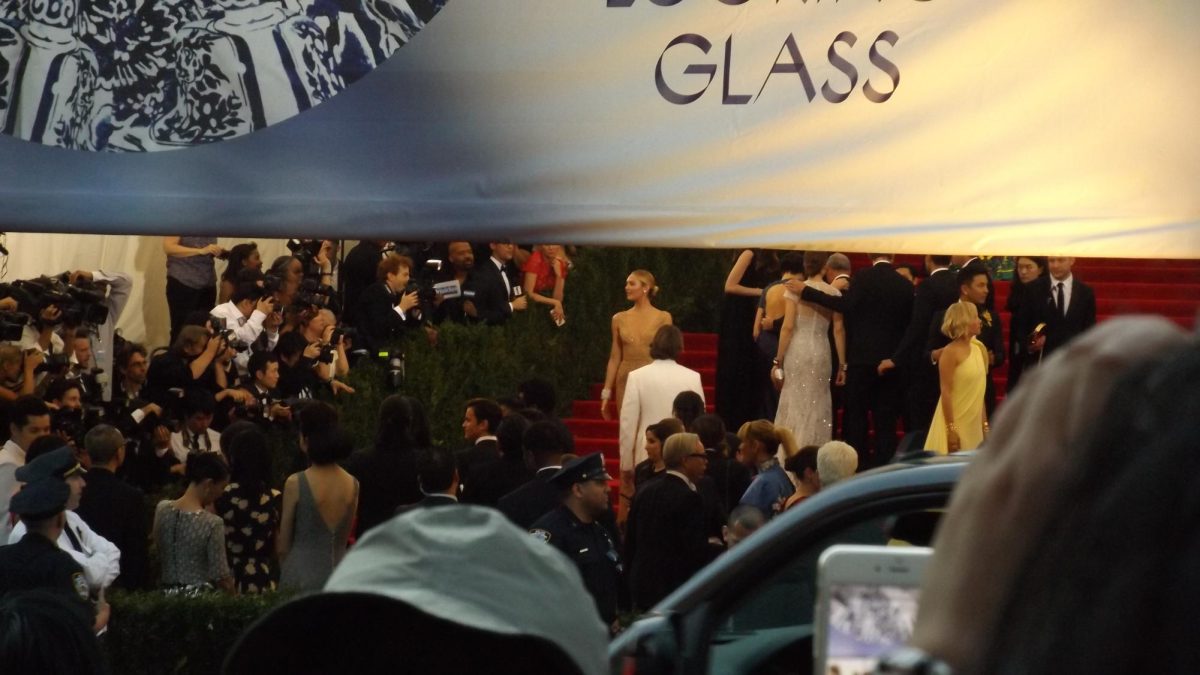Aidan Sarazen School cafeteria food has a bad reputation. I cannot seem to escape the atrocious image of a grumpy lunch lady plopping a hearty spoonful of unidentifiable mush onto a plastic tray. Whether it was morning cartoons or real life experience that created this impression, the fact remains that most kids cringe at the thought of a school lunch. One usually can’t say that lunchroom lines are what sparks the most controversy, but Latin’s cafeteria seems to be unique. Although the school has successfully overcome the revolting cafeteria food stereotype, Latin’s lunchroom cannot seem to escape ridicule for the long lines. A school lunchroom is often characterized by chefs and servers who look under-qualified and bored. Latin has brought in a cafeteria staff that is the polar opposite of this generalization. Whether it is Jobo, hard at work cooking up the cafeteria’s most popular meal (pasta), or Richard, striking up a conversation while swiping lunch cards, there is always an eager and positive aura in the cafeteria. Although many are quick to blame the cafeteria staff for being the reason for these long lines, they are the ones who are actually expediting the process. So then who is to be held responsible for these long cafeteria lines? To answer that question, we must first note that there are five main food stations: the salad Bar, sandwiches made to order, restaurant of the day, special du jour, and action station. Often, three of these five stations have absolutely no wait. The lines are created by students who aren’t willing to take a risk and expand their horizons with the food that they eat. When I asked sophomore Cameron Chandra about his preference in the cafeteria, he told me that “if he doesn’t know what [the dish] is,” then he steers clear from that station. Many students have an identical mindset to Cameron. Unwillingness to try new foods will often produce long, tedious lines, because certain stations don’t have any customers. On days where the sandwich or pasta line is practically out the door, visiting the restaurant of the day and special du jour stations is like a stop in a ghost town. Frequently, on days where pasta and fried rice are served, students rush into the cafeteria and join the action station line without even pausing to consider the other stations. As tasty as Jobo’s pasta is, the food being served in other stations is usually just as delicious and routinely of a higher quality. Then why are these stations left ignored? Latin chef Greg Darden believes that it is because the action station is “the most student friendly.” Darden thinks this because students can pick every little ingredient that they want in their meal. The special du jour is consistently the most disregarded station. Unfortunately, the food served in this station is also the most complicated to make. Chef Darden says that there are always “so many different components to assemble” that the special du jour food becomes the “most time consuming to produce.” A stuffed portabella mushroom is an example of a dish served at the special du jour station. Many students immediately cringe at the thought of a vegetable crammed with more vegetables. For this reason, on days when the special du jour offers a commonly popular meal such as chicken and rice, students still bypass the station, convinced that any food that comes from that area of the cafeteria is too exotic. There is no mystery when it comes to the painstakingly long lunch lines. It is not the cafeteria staff. As much as I hate to admit it, Latin students (and some teachers) are to blame. Many have offered ideas to fix the line dilemma, some reaching as far as an expansion of the cafeteria. Before Latin takes on a huge project to deal with the cafeteria lines, it should be known that this predicament can be righted by focusing on the student approach. With students willing to be more adventurous in trying foods, the cafeteria will see a rapid cutback in lunch lines. ]]>
Categories:
Drawing the Line: Latin Protests Cafeteria Lines
April 15, 2013
0

